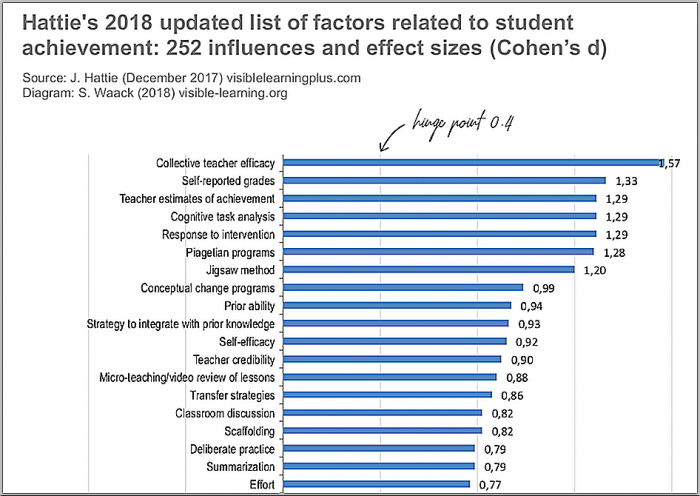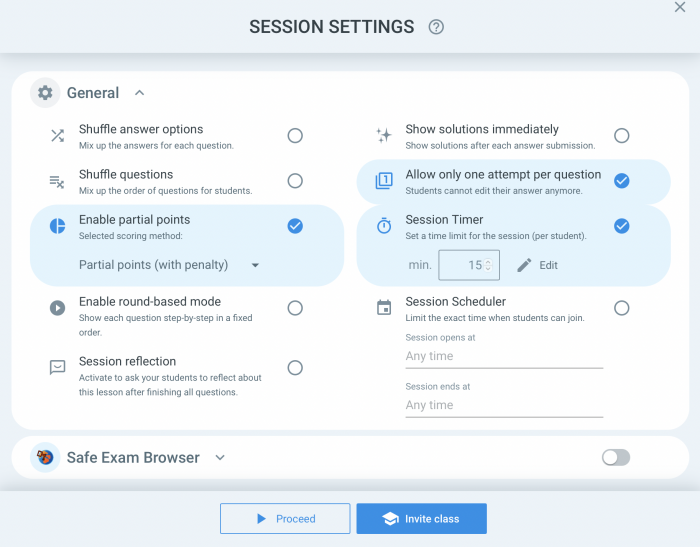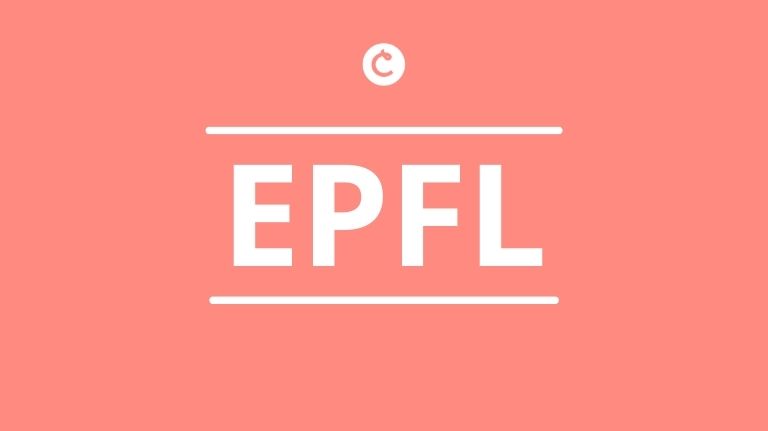Formative assessment research: how digital platforms improve learning
Back in 2017, Edtech Magazine reported that about 63 percent of K-12 teachers utilize technology in their classrooms daily. However, with the new reality of distance learning in 2020, it wouldn’t be an understatement to say that all educators are preparing to or already relying on educational technology.
The vast majority of teachers who employ digital education platforms into their lives are not the only people who believe digital micro-assessment platforms can transform contemporary classrooms; Kevin Kappel does too. Kappel is a recent graduate of the Swiss Federal Institute of Technology in Lausanne, Switzerland. The formative assessment study was conducted in partnership with the institute’s renowned Lab for Computer-Human Interaction in Learning and Instruction. He opted to focus his research on how digital formative micro-assessment applications can improve teaching and learning. In order to test his theory, he relied on Classtime to assess K-12 students’ progress in real classrooms on an international scale. Kappel didn’t only prove his hypothesis correct– he was able to pinpoint two important areas where incorporating technology in the classroom excelled: the teacher’s estimate of achievement and feedback from students.
Kappel’s formative assessment study showed how technological platforms impact five key learning factors.
In particular, he studied the effect of digital formative assessments on:
– Teacher estimate of achievement
– Student feedback
– Learning goals
– Teacher-student relationship
– Boredom
So, why these five? The decision ties back to famed education researcher John Hattie’s meta-study “Visible Learning”. In the paper, Hattie examined various parameters for their effect on learning progress in learners. So, when it came time for Kappel to determine how he could track formative micro-assessment’s impact on teachers and students, he wanted to determine if a statistically demonstrable connection can be established between the use of digital formative assessments in the classroom and Hattie’s parameters that are particularly conducive to learning.

Let’s take a moment and dive into the numbers. Hattie defined a so-called hinge point in his analysis of various learning factors – a statistical key figure to quantify the average learning progress of a student over a year. This hinge point is d = 0.4. Even before Kappel started his formative assessment study, he had a qualitatively substantiated hypothesis that digital formative assessments have a positive influence on the above parameters. As it turns out, the above factors have a disproportionately strong impact on learning progress:
-Teacher estimate of achievement: d = 1.29
-Student feedback: d = 0.7
-Learning objectives: d = 0.7
-Teacher-student relationship: d = 0.5
-Boredom: d = -0.5
These results show that edtech formative assessment platforms are doing precisely what they originally set out to do: provide the best possible support system for teachers and their students.
When it came to teachers’ estimate of achievement and student feedback, formative assessments had a significantly positive impact.
Kappel opted to conduct his research with a smaller group of 324 students, 12 teachers, and 19 classes. The group was split into two portions: one worked with Classtime at least once a week and the other did not. At the beginning and at the end of the study, a questionnaire was filled out with all participants, which included the assessments of the teachers and learners on the various parameters listed earlier. The data taken from the study shows that implementing Classtime in class had a positive effect on the parameters “feedback” and “teacher estimate of achievement”.
After using Classtime, the pupils felt an improvement in the frequency, quality and relevance of the feedback they received, especially compared to the control group that did not use our platform. Similarly, the previously sizable gap between the assessment of the level of proficiency and the mastery of the teaching content between the teacher and the learner significantly shrunk. Basically, the participants had a better understanding of the material given to them when completing digital formative assessments.
The study examined if teachers who had achieved high learning progress through formative assessments had used certain patterns.
As it turns out, they did. Teachers who made remarkably great improvements used the following settings:
– Allow only one answer attempt
– Use of the timer function
– Use of partial points
For example, these were the specific settings used on Classtime:

Formative assessments helped educators and their students obtain a sense of accomplishment and strengthen their bond.
The results of Kappel’s paper strongly suggest that regular digital formative assessments have a significant positive impact on teachers and learners, two of John Hattie’s necessary parameters for learning progress. More specifically, teachers feel a great sense of accomplishment while their students are assured that they’re receiving relevant feedback. Together, teachers are able to feel good knowing that they are giving students the best responses possible, which in turn fortifies the learners’ connection with their educators.
Now, it’s up to you to decide if incorporating education technology into your classroom is right for you. If you want to continue to learn how to utilize technological formative assessments with a research-backed platform, we’re here to help.

